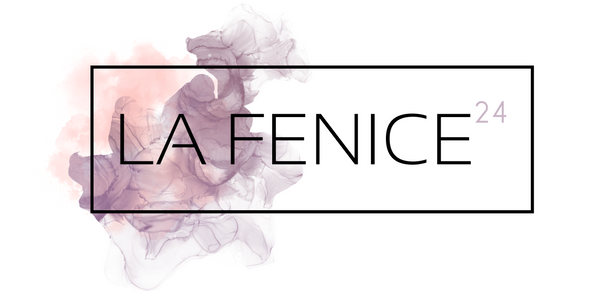Regarding skincare and cosmetics, we often focus on the promises made by products—glowing skin, reduced wrinkles, or clearer pores. But do we truly understand what goes into these products and how safe they are for our skin and body? With many ingredients listed on the back of beauty products, it's essential to understand which ones are beneficial and which might cause harm.
Understanding the Common Beauty Ingredients
Most skincare products contain a blend of natural and synthetic ingredients.
While some are safe and highly beneficial, others may raise concerns.
While some are safe and highly beneficial, others may raise concerns.
Here's a breakdown of common ingredients and their safety:
- Hyaluronic Acid:Known for its hydrating properties, it is naturally found in our skin and is generally safe for all skin types. It helps retain moisture without irritating it.
- Retinol (Vitamin A): A popular anti-aging ingredient, retinol can work wonders for cell turnover. However, it can cause dryness and irritation, especially for sensitive skin, and should be used cautiously, especially in high concentrations.
- Parabens: These preservatives extend the shelf life of beauty products. Although there's ongoing debate about their safety, some studies suggest that parabens might disrupt hormones. If you're concerned, opt for paraben-free options.
- Fragrance (Perfume): Fragrances are often added to make products smell pleasant, but they are a common source of irritation, especially for sensitive skin. Always check for "fragrance-free" or "unscented" labels for allergies or sensitivities.
- Niacinamide (Vitamin B3): A multitasking ingredient that helps reduce inflammation, brighten skin, and improve texture. It's safe for most people, including those with sensitive skin, and rarely causes side effects.
- Sulfates: In cleansers and shampoos, sulfates can strip the skin of natural oils, leading to dryness and irritation. If you have dry or sensitive skin, avoiding products with sulfates like sodium lauryl sulfate (SLS) is best.
The Importance of Patch Testing
Before starting a new skincare routine, being proactive and performing a patch test is essential. This involves applying a small amount of the product to a discreet area of the skin (like behind your ear) and waiting 24 hours to see if any irritation occurs. This step is crucial and helps you be prepared and prevent unexpected allergic reactions, making you feel proactive and responsible.
Clean Beauty: Is It Always Safer?
Clean beauty has become a buzzword in recent years, with many brands promoting their products as free from harmful chemicals. However, just because a product is labeled "clean" doesn't always mean it's better or safer for your skin. Many synthetic ingredients undergo rigorous testing and are perfectly safe to use. The key is finding the right balance and paying attention to how your skin responds to each product, which should reassure you and give you confidence in your choices.
How to Choose Safe Skincare Products
- Read the Ingredients List: Get familiar with what goes into your beauty products. The shorter the list, the less likely the product contains irritants.
- Look for Certifications: Products labeled "dermatologist-tested," "hypoallergenic," or "non-comedogenic" are generally safer options, especially for sensitive skin.
- Research New Ingredients: If you come across an unfamiliar ingredient, take a moment to research its safety before applying it to your skin.
When it comes to beauty products, safety should be a top priority. Understanding the ingredients in your skincare routine is not just about knowledge; it's about empowering you to make informed choices and ensuring that you treat your skin with the care it deserves. Remember, what works for one person might not work for another, so always listen to your skin and adjust accordingly.
🐦🔥

